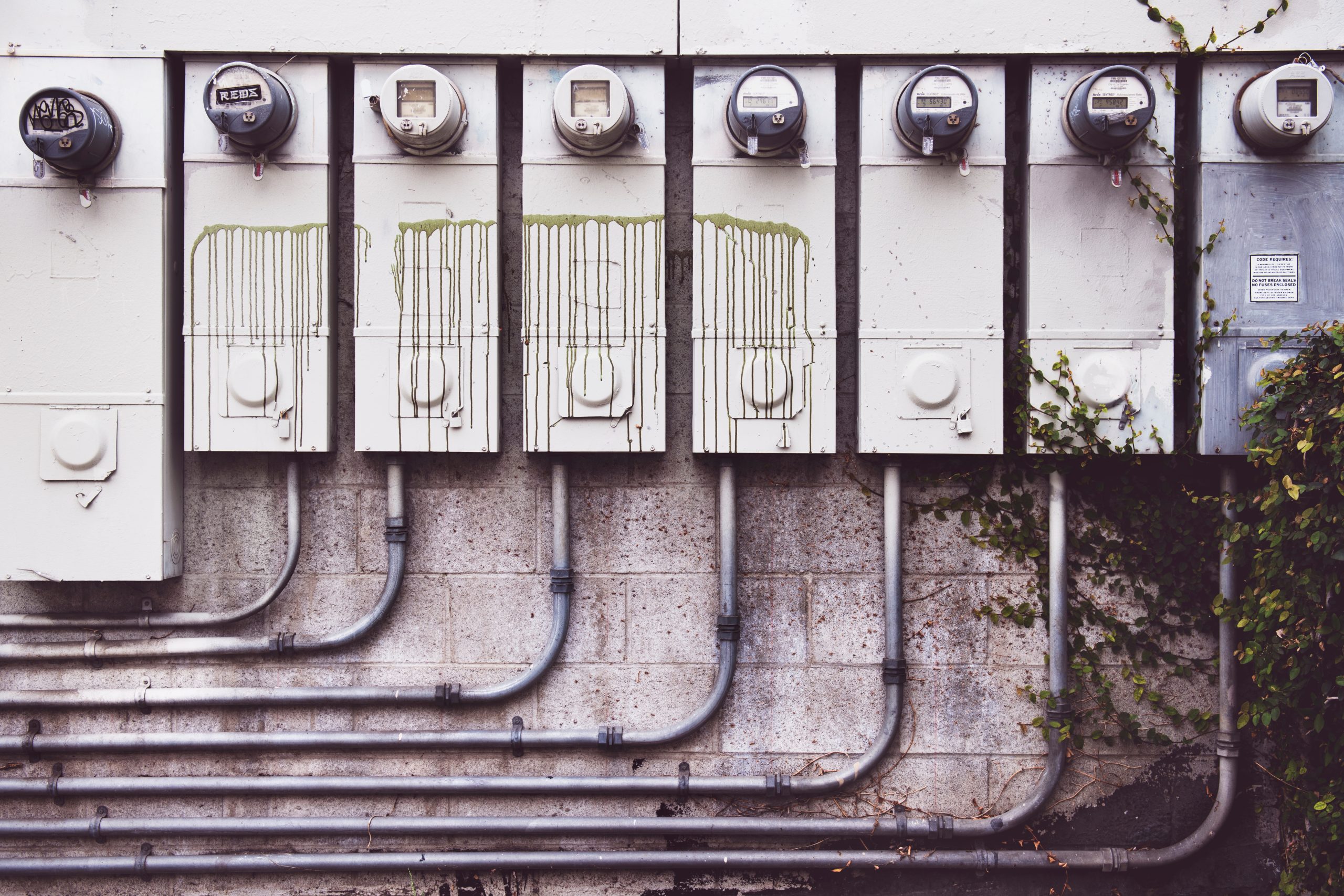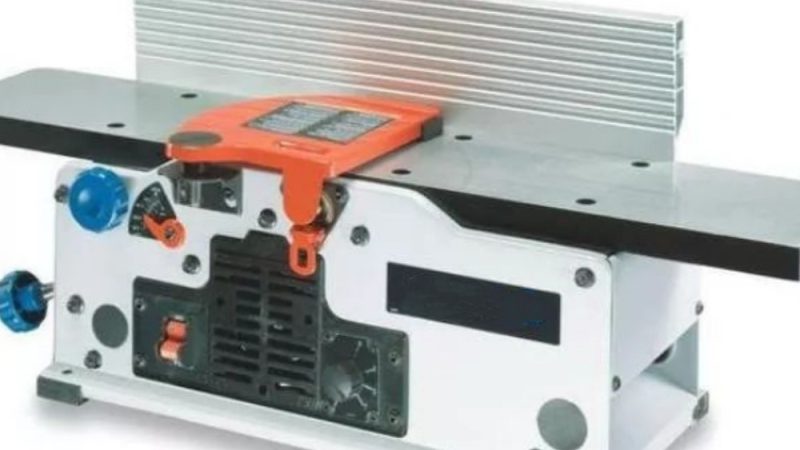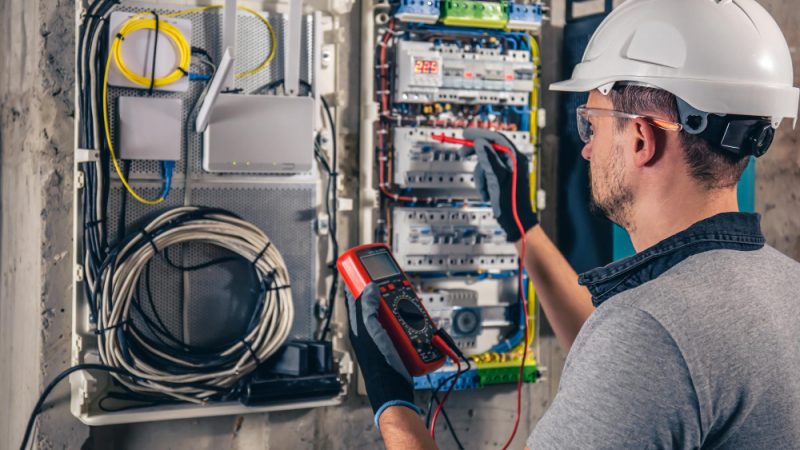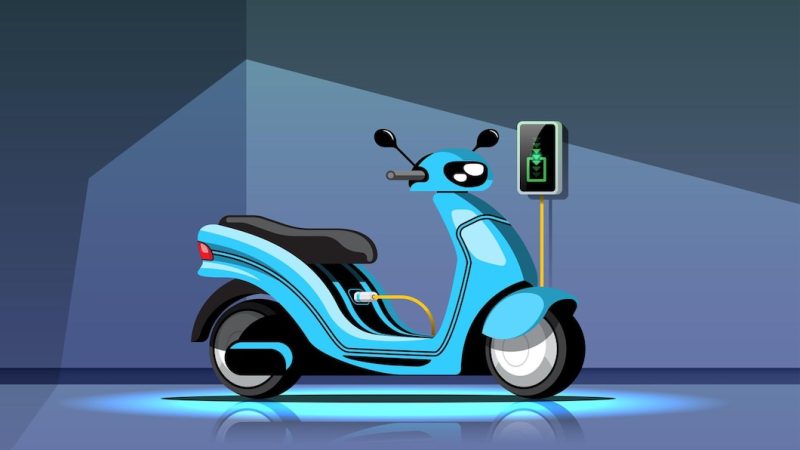A Guide to Electrical Troubleshooting

Electrical troubleshooting is an essential skill for electricians. This guide will provide steps to effectively diagnosing and rectifying electrical problems in various settings and situations. It doesn’t matter if you’re a seasoned electrician or just starting; mastering this art will make your job more efficient and rewarding.
Adopt a Systematic Approach
A systematic and consistent approach to electrical troubleshooting enables you to identify and resolve issues with ease. Start by gathering the necessary tools, such as a digital multimeter or continuity tester, and safety equipment, like insulated gloves and goggles. Begin your diagnosis by following this basic outline:
- Identify the problem and gather information.
- Isolate the issue to a specific circuit or component.
- Inspect, measure, and test using the appropriate tools.
- Repair or replace the faulty element.
- Verify the effectiveness of your solution.
Don’t Overlook the Basics
Often, electrical issues have simple root causes. Double-checking the basics, such as confirming a device is plugged in and switched on, or that a light bulb isn’t burned out, can save you from unnecessary troubleshooting. Assuming a complex problem without first ruling out simpler causes can lead to wasted time and resources.
Understand and Utilize Schematics
Schematics are vital to electrical troubleshooting as they provide a visual representation of an electrical system’s components and connections. Familiarize yourself with standard electrical symbols, and learn how to read and interpret wiring diagrams. This knowledge will help you pinpoint problems and devise solutions more effectively.
Master Symptoms, Causes, and Solutions
Effectively diagnosing electrical issues requires a deep understanding of the relationships between symptoms, their possible causes, and the appropriate solutions. Some common symptoms and potential issues include:
- Tripped circuit breakers: Overloaded circuits, short circuits, or ground faults.
- Intermittent power: Loose connections, damaged wires, or faulty switches.
- Flickering lights: Poor electrical connections, overloaded circuits, or voltage fluctuations.
Continually expanding this knowledge will help you develop your troubleshooting expertise and make you more efficient in your job.
Prioritize Safety
Safety is paramount when working with electricity. Always turn off the circuit you’re working on, and confirm it with a voltage tester before proceeding. Use the appropriate PPE, such as insulated gloves and goggles, to reduce the risk of injury. Additionally, follow the National Electrical Code (NEC) requirements and your local codes to ensure safe working practices.
Practice Effective Communication
Accurate and timely communication is essential when troubleshooting electrical problems, especially when working in a team. Clearly document your findings and solutions, and share them with your colleagues and clients. This practice can prevent confusion and duplications of effort, ensuring a smooth workflow and a faster resolution to your troubleshooting tasks.
Develop Critical Thinking and Problem-Solving Skills
Successful electrical troubleshooting relies heavily on critical thinking and problem-solving abilities. Cultivate these skills by analyzing each situation and considering multiple potential solutions before making a decision. This practice will improve your confidence and competence in handling even the most challenging electrical problems.
Stay Current and Embrace Continuous Learning
The world of electrical technology is continuously evolving. Stay up-to-date on the latest developments and best practices in your field to remain an effective troubleshooter. Attend training sessions, workshops, and conferences to expand your knowledge base. Actively seeking opportunities to learn will help you master the art of electrical troubleshooting.
Collaborate with Colleagues and Share Knowledge
Electrical troubleshooting can often involve complex or unfamiliar systems. Engaging with colleagues and sharing knowledge can provide fresh perspectives and new insights, leading to a more effective approach to identifying and resolving issues. Collaboration can also help establish a supportive community of professionals who help one another grow and develop within the field.
Learn from Experience and Mistakes
Don’t be discouraged by mistakes or setbacks during your troubleshooting endeavors. Instead, view them as valuable learning experiences that contribute to your overall growth as an electrical professional. Reflect on what went wrong, identify areas for improvement, and apply the lessons learned in future troubleshooting situations.
Mastering the art of electrical troubleshooting is a continual process that requires dedication, knowledge, and practice. By following this guide, you’ll be on your way to becoming an effective and efficient troubleshooter, capable of tackling a wide range of electrical problems in various settings and situations.





